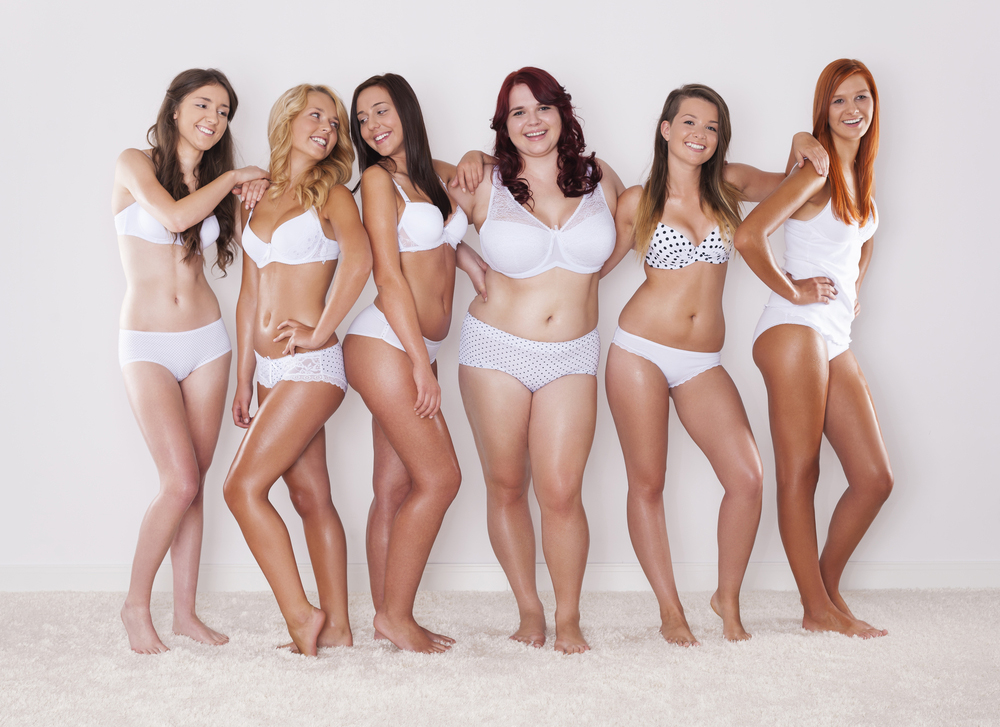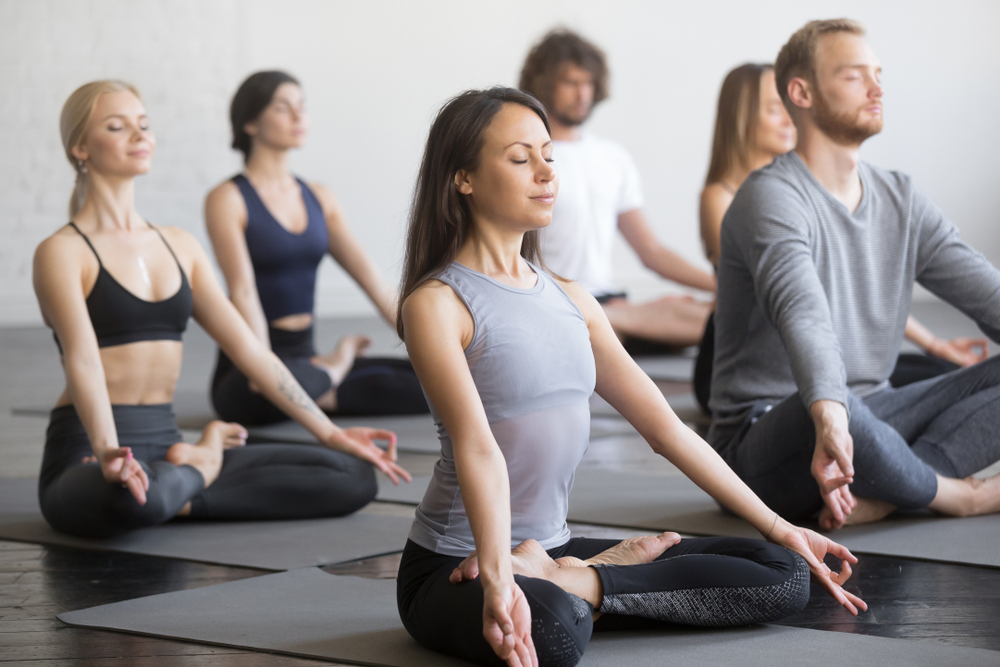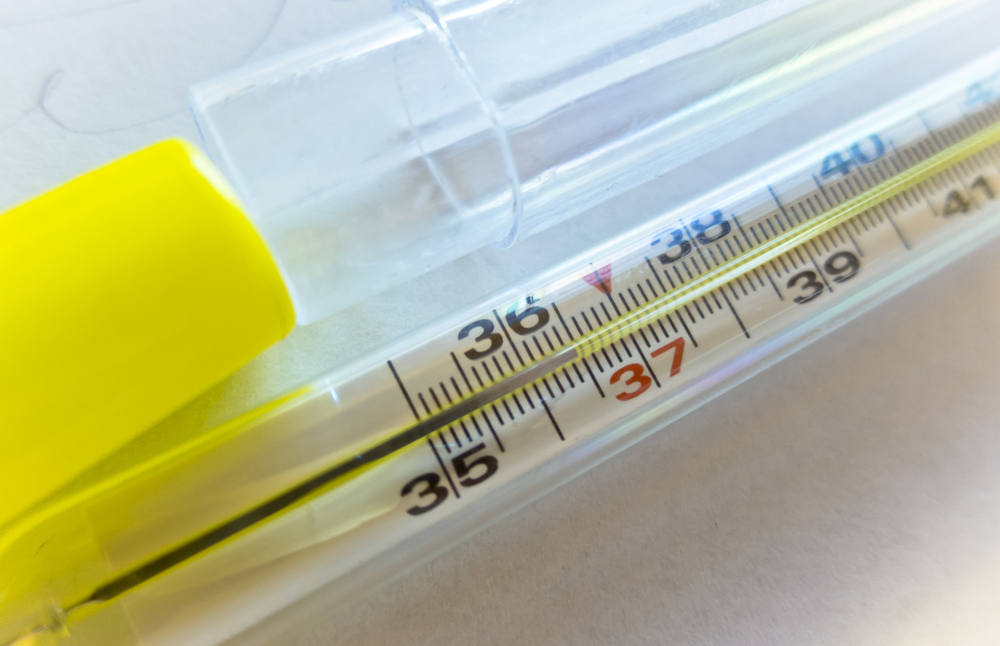Caloric expenditure or energy expenditure is the amount of energy an individual's body needs in order to maintain its basic metabolism. It can be related to body temperature, growth or physical activity. It is usually in the world of sport that we hear this term very often, as most sportsmen and women practice a discipline in order to burn some calories.
Calorie expenditure depends on several elements. Some sports allow you to burn more calories than others. Some people burn their calories more easily, while others still have to persevere to reach their goal. Also, it is important to know that there is a daily rate to be respected when you want to burn calories, so as not to damage the body.
What is the calorie expenditure?
It is important to know that our body is the result of a balance between the input and output of energy. If we swallow more calories, through the meals we eat, but expend less, we gain weight. Thus, calorie expenditure is made up of energy expenditure at rest, the thermal effect of food, and the expenditure associated with physical activity.
Resting energy expenditure is also called basal metabolic rate. It is the amount of calories our body needs to function properly. It is equivalent to two thirds of the daily caloric expenditure.
The heat effect of food is considered to be the calories our body needs to process the food and feed all the muscles and organs in the body. It represents the 10% of the daily caloric expenditure.
Caloric expenditure from physical activities is the smallest percentage. It is also the most variable, as it is not the same for every individual.
Caloric expenditure: The factors involved
Caloric expenditure is subject to several factors:
The sex of the individual: in general, it is men who spend more calories than women, even if they are the same age or weight. This is because men need more calories because, from a physiological point of view, their muscle mass is greater than that of women.
Age: the older you get, the more calories your body burns. Caloric expenditure increases throughout a person's growth. From the age of 20 to 40, it stabilises and then decreases from the age of 50 onwards.
Hormones: two people of the same age, gender and activity level have completely different caloric expenditure. This difference is mainly due to their hormone levels.
The activities practised: when we talk about caloric expenditure, the variable areas come in particular from physical and intellectual activities. When the intensity of physical activities increases, the caloric expenditure also increases. Every movement, displacement and thought that a person performs requires them to draw on their caloric resources.
What should be the daily rate of caloric expenditure?
For a sedentary person, i. e. one who does not engage in sporting activities, the daily caloric expenditure should be around 2100 kcal. For a woman, it is equivalent to 1800 kcal. These values can vary depending on the physical activity performed. It can rise to 75% when physical or intellectual activity is intensified. These figures can rise to 3500kcal for men and 2600kcal for women when physical activities are very intense.
How to calculate the rate of caloric expenditure?
To make it simple, here is an efficient method to calculate what the daily caloric expenditure should be.
for a sedentary person : (height in cm - 100) * 35 ;
for an athletic man: (height in cm - 100) * 40 ;
What activities should you choose to burn the maximum number of calories?
Here are some sports activities, which are known to be the most effective in burning calories:
Running: it is a sports activity that everyone can do. It is considered as one of the activities that helps to burn calories faster. Simple to do, running can burn up to 850 calories per hour. It is also an ideal exercise for working the muscles and improving the heart rate. Regular running makes it easier to shed unwanted pounds.
Cross-country skiing: this discipline allows you to burn 800 calories per hour. Working all the muscles of the body, this activity requires a lot of endurance from the practitioner. It is suitable for both beginners and experienced skiers.
Cycling: Whether it's an exercise bike or a road bike, cycling for a while helps you lose a lot of calories. Cycling regularly will burn between 750 and 800 calories per hour. The buttocks and lower body muscles are sculpted, and the athlete gains in endurance, as this activity requires a lot of strength and tonicity.
Jump rope: this activity burns between 700 and 850 calories. It is suitable for children, men and women. Not only does jumping rope help you shed unwanted pounds, it also improves breathing and endurance.
The rowing machine: This exercise is well known in the field of weight training. It is one of the most effective activities for losing weight more quickly. The rowing machine allows you to burn 700 calories per hour. It tones the legs, buttocks and thighs. It also helps to improve the joints.
Swimming: a discipline that allows you to move your whole body and muscles, swimming allows you to burn 550 to 700 calories per hour. It is an all-round sport, which not only develops muscles, but also improves breathing and endurance.








